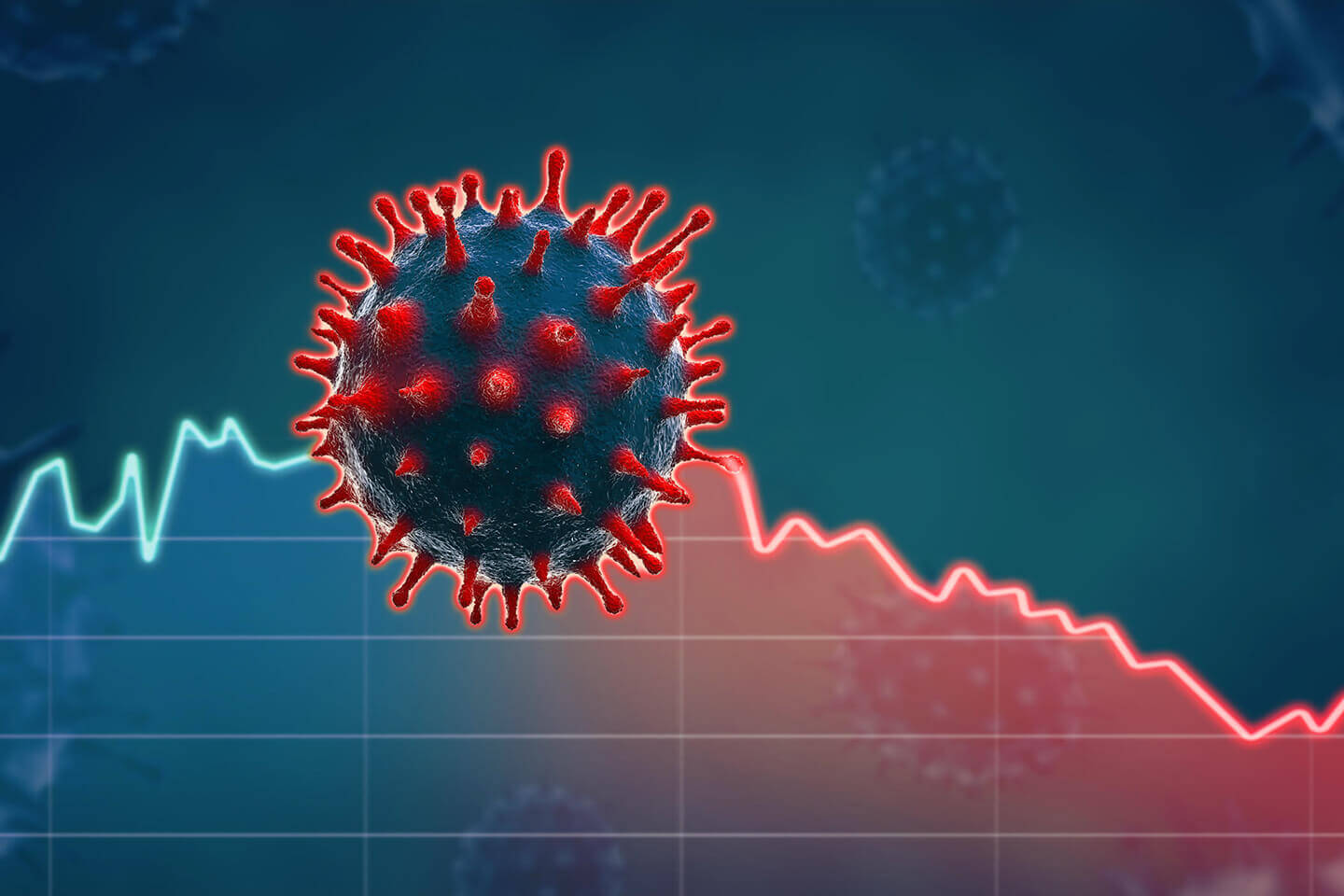With the majority of states issuing stay at home orders, social distancing is in full effect across the country due to the novel coronavirus, and many businesses have effectively shut their doors until further notice. However, for those who are still open and considered essential, changes in business have become the new norm due to the pandemic. With that in mind, here’s exactly how COVID-19 has affected consumer demand and what can be done to effectively cope with it when it comes to business process mapping - and how it can help in the future.
COVID-19 and fluctuating demand
Businesses across the country have seen dramatic changes when it comes to the demand for their products and services. For instance, those within the travel industry have seen a catastrophic decline in bookings due to the ban on travel, while others - such as retail businesses - have seen spikes in demand in things such as sanitization products, food, and other necessities. Some spikes in demand can also be attributed to consumers' “panic buying” specific items, while others see the demand increase simply because consumers are staying home. For instance, video game sales spiked to 32% back in February - and for good reason. Not only do video games help those in quarantine to maintain social normalcy while playing with others online, but they also allow players to tap into their creative outlets and forget about the difficult situation around them - even if just for a short period of time. Similarly, streaming services like Netflix and food delivery businesses are also likely to see an increase in demand, in addition to a surge in general online purchases.
Tracking the spikes and dips
The uncertainty that the coronavirus pandemic brings when it comes to businesses can make it quite difficult to cope with the fluctuation in demand, which is why strategies like business process mapping can help greatly. Keeping track of and mapping the spikes and falls in demand along the way can especially help determine patterns that can be useful in an array of scenarios, including keeping up with the demand such as by keeping products in stock, or halting the production of other items for maximum efficiency. Overall, by using process mapping within your business during these difficult times, you can help everyone see the big picture of exactly how the pandemic is affecting business as a whole, instead of focusing on insignificant details.
Mapping the spikes and falls in demand can also prove to be a great reference for the company in the future, should anything similar happen within the industry. For instance, looking back on the saved process mapping records from the 2020 COVID-19 crisis can definitely be a helpful tool in planning and reacting to future unplanned situations, thus helping to bring maximum efficiency - as well as a sense of stability - during uncertain times. In a sense, process mapping the fluctuations in demand during the coronavirus pandemic can act as a guide for businesses to follow should anything similar happen, thus allowing the company to learn and grow in the process.
Process mapping and consumer interaction
Business process mapping can also help you to effectively communicate with your consumers during these times. For instance, based on the patterns of supply and demand, knowing when to reach out to your consumers and let them know of any changes you plan to make in regard to shipping, closing or keeping certain items in stock can become apparent. In doing so, you can maintain a positive business/consumer relationship and can ensure that your customers won’t be left in the dark during such an uncertain time. This can also prove to be useful in the future by helping the company to understand what works best in terms of communication during similar events and can help to strengthen communication strategies not just for a similar situation, but for general customer interaction as well.
The COVID-19 pandemic has affected many aspects of business, causing dramatic spikes and falls in demand. With that in mind, business process mapping can help in getting the bigger picture of what’s going on by identifying patterns and allowing you to take action accordingly. Process mapping can also help in the future as well, by allowing a business to learn from this year’s pandemic and apply it to similar unpredictable situations.
Contributed by guest author Jennifer Hole

